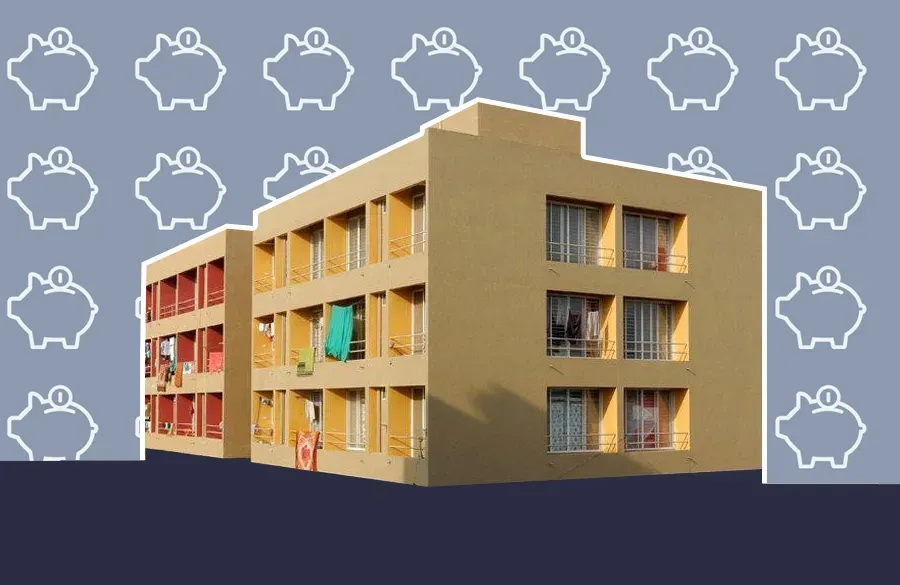The Government of India (GOI) aims to provide affordable housing to the country’s growing population in both urban and rural areas. This is one of the most pressing challenges for a developing economy. The government has introduced numerous affordable housing schemes for middle and lower-income groups. However, hurdles such as unemployment, infrastructure development, and basic facilities like water and electricity still need to be addressed. This blog delves into the various schemes provided by the government and explores how affordable housing can truly be made accessible to all.
Get real reviews and recent property transactions
Pradhan Mantri Awas Yojana (PMAY)
Launched in 2015, the Pradhan Mantri Awas Yojana (PMAY) is the flagship affordable housing scheme by the Government of India, with the primary objective of providing housing for all by 2022. This scheme is divided into PMAY-Urban and PMAY-Gramin, targeting housing needs in urban and rural India, respectively.
PMAY-Urban: This component addresses housing needs in urban areas across four verticals:
- In-situ Slum Redevelopment (ISSR): This aims to rehabilitate slum dwellers in cities by providing them with pucca houses.
- Credit Linked Subsidy Scheme (CLSS): This vertical offers interest subsidies on home loans for economically weaker sections (EWS), low-income groups (LIG), and middle-income groups (MIG).
- Affordable Housing in Partnership (AHP): This provides financial assistance to private developers for affordable housing projects.
- Beneficiary-led Construction (BLC): This assists eligible families in constructing new houses or enhancing existing ones.
PMAY-Gramin: This scheme focuses on providing affordable housing in rural areas by converting kutcha houses into cement structures. Farming communities are provided with financial assistance to construct houses with basic amenities like drinking water, electricity, and in-built toilets.
State Government-Led Initiatives
Apart from various Central Government Schemes, different state governments have initiated their own affordable housing programs, which is a positive move. Some notable state government initiatives include:
- Maharashtra Housing and Area Development Authority (MHADA): MHADA offers affordable housing options through lottery systems, making homeownership accessible to low and middle-income families.
- Delhi Development Authority (DDA): DDA provides affordable housing solutions in Delhi through various schemes, ensuring a wide range of options for different income groups.
- Tamil Nadu Housing Board (TNHB): TNHB focuses on providing affordable housing to residents of Tamil Nadu, offering flats and plots at subsidized rates.
Impact and Challenges
The various affordable housing schemes initiated by the Government of India have significantly improved the lives of millions of people across the country by providing them with a roof over their heads and access to clean drinking water and electricity. However, challenges such as funding, implementation, and ensuring that the benefits reach the intended beneficiaries remain unresolved. Bureaucratic delays, inadequate infrastructure, and corruption are major hurdles that need to be addressed to achieve the “Housing for All” goal.
Conclusion
With continuous efforts and effective implementation, the housing schemes initiated by the Indian government can be successful. These schemes can potentially transform the lives of millions of homeless people, providing them with decent dwellings and the opportunity to live dignified lives. While achieving ‘Housing for All’ is challenging, it is attainable with sustained commitment and innovative approaches. Visit Our site for more information
More such reads..

The Government of India (GOI) aims to provide affordable housing to the country’s growing population in both urban and rural areas. This is one of the most pressing challenges for a developing economy.
